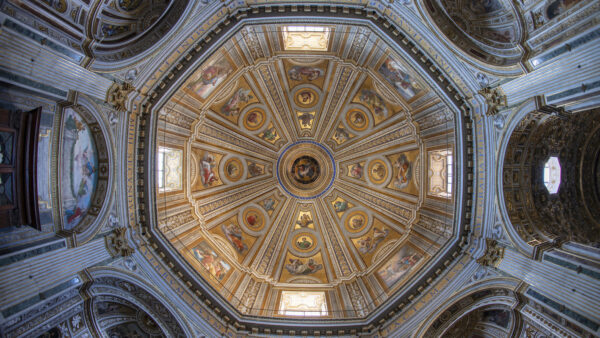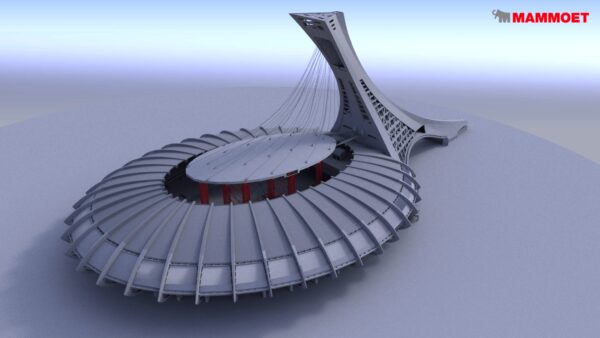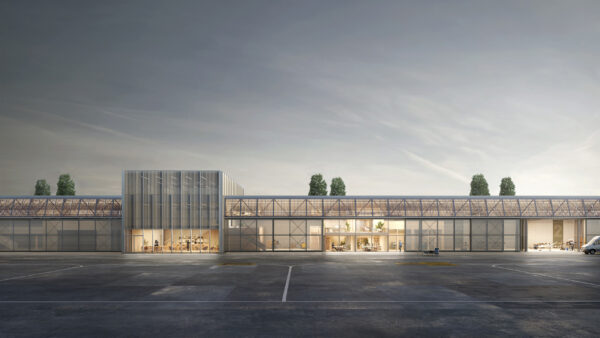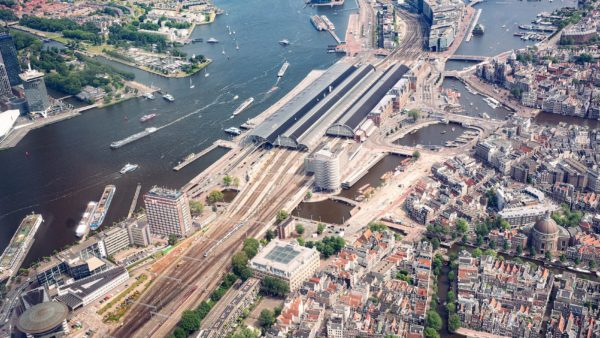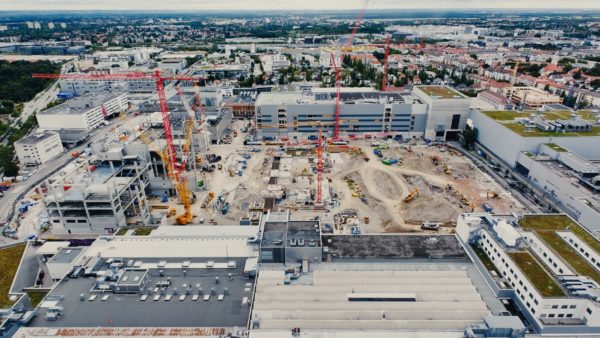A joint venture by British architect Foster + Partners, Mexico’s Fernando Romero Enterprises and Netherlands Airport Consultants has been chosen to design Mexico City’s enormous new airport, it was announced yesterday.
(The airport) will have a great dose of Mexican symbolism and that without a doubt will be a reference around the world and a great door into Mexico– Gerardo Ruiz, Mexico’s Communications and Transportation Department secretary
The winning design will take the form of an x-shaped building enclosed in a single continuous gridshell that will comprise both walls and roof. The longest span in the glass and steel terminal is 170m.
It is being billed as the world’s most sustainable airport, with solar farm and a rainwater collection system, and it will meet the LEED platinum standard. Among its green features are non-mechanical ventilation, a minimal reliance on heating and a water recycling system. Foster + Partners claim that the terminal will not need heating or air-conditioning for most of the year. It will also be laid out such that passengers will be able to go from check-in to departure gate by walking.
Romero, son-in-law of the Mexican billionaire businessman Carlos Slim, is best known for designing Slim’s Soumaya museum for European art, along with Arup and Frank Gehry. He said the airport would honour the Mexican flag’s coat of arms, which has an eagle on top of a cactus devouring a snake. The entrance to the terminal will have a garden of cacti, and the plan of the terminal echoes the eagle’s wings.
The $9.2bn airport is to cover 46 square kilometres. It will have six runways and sufficient terminal capacity to process 120 million passengers a year – an average of 330,000 a day. This is about 50 million greater than London Heathrow and 25 million more than Atlanta International, the current holder of the world’s busiest airport title.Â
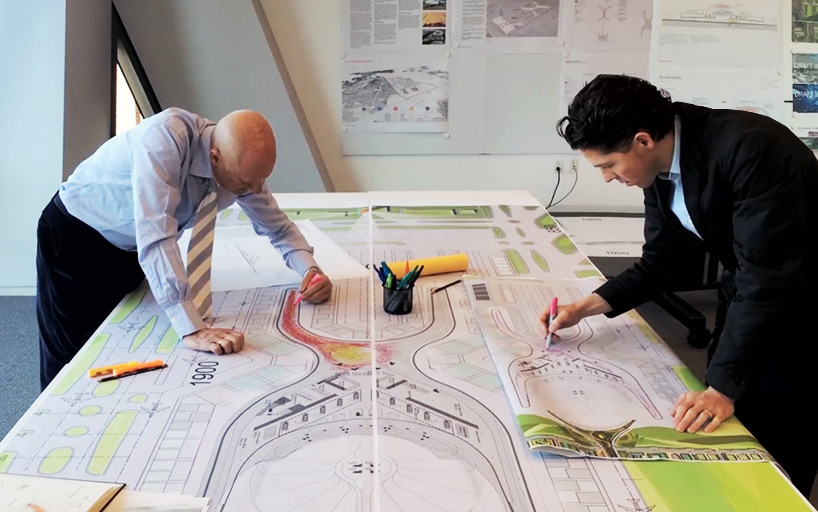
Foster and Slim at work on the design (Foster + Partners)
It will be constructed in stages over the next 36 years. Enrique Peña Nieto, the president of Mexico, said three runaways would be operational by 2020, at which point it would have enough capacity to deal with 50 million passengers a year. The final structure is to be completed in 2050. Some 160,000 jobs are expected to be created by the construction process.
Gerardo Ruiz, the Communications and Transportation Department secretary, who announced the appointment of the Foster-led consortium, said it would be “a vanguard project that will have a great dose of Mexican symbolism and that without a doubt will be a reference around the world and a great door into Mexico”.
The project will be financed initially by money generated by the current airport. Later, the government is planning to issue 30-year bonds, a senior project official told Reuters yesterday. Mexico City’s present airport, Benito Juárez International, which will be closed when the replacement is built, is operating at its design capacity of 32 million passengers per year. President Peña Nieto, said: “The current saturation restricts travel between the different states of the country, limits Mexico’s connectivity to the world, slows investment and commerce. We can no longer keep postponing the fundamental solution.”
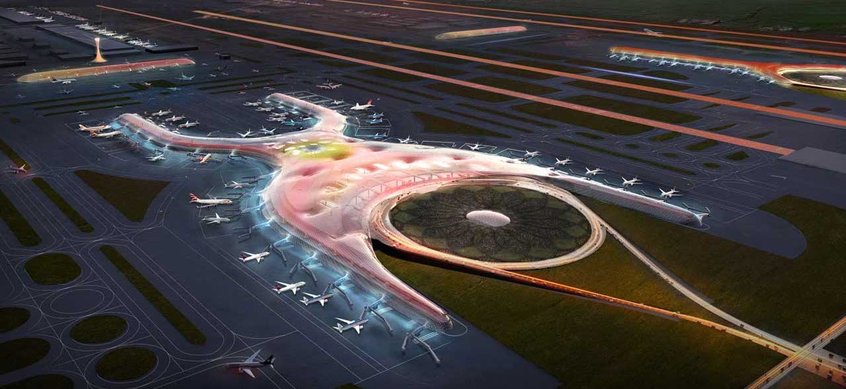
The terminal will take the form of a single building made from a continuous steel grid (Foster + Partners)
The Mexican government has long wrestled with the problem of upgrading Mexico City’s airports. In 2002, it tried to expropriate land for a greenfield airport from a group of farmers on the outskirts of Mexico City, but dropped the plan after violent clashes.Â
Earlier this year it announced that it was to expand the 60-year-old Benito Juárez facility, and compiled shortlist of seven architects to compete for it. The contenders for the $3bn scheme included Zaha Hadid Architects, Foster + Partners, Rogers Stirk Harbour + Partners, Pascall + Watson, Skidmore, Owings & Merrill, Gensler and Teodoro González de León.
Foster has a long track record in designing airports, most notably Hong Kong’s Chek Lap Kok in 2007 and Beijing in 2008. It also designed London’s third airport at Stansted in 1991; the high-tech terminal design created a fashion for steel grids, elegant engineering and wide expanses of glass that has lasted ever since.





